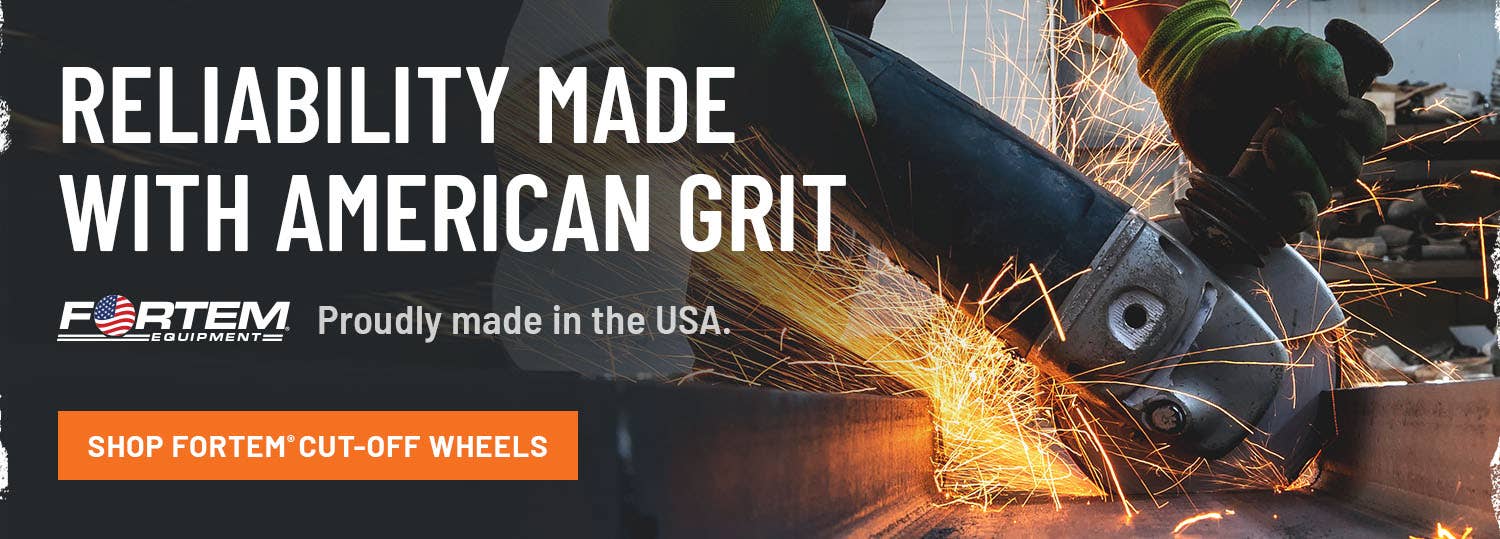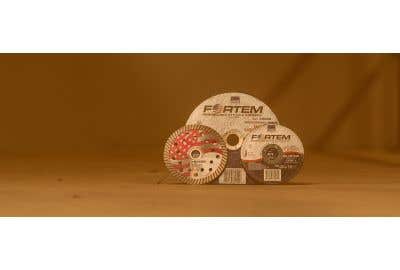*Disclaimer*
The information contained on this page is for promotional and informational purposes only. All equipment should be used by trained professional tradesmen who have been trained how to use the equipment described on this page, and understand the risks of their work. PowerPak assumes no responsibility for errors or omissions in the use or misuse of any product purchased. In no event shall PowerPak be liable for any direct, special, indirect, consequential, or incidental damages or any damages whatsoever, whether in an action of contract, negligence or other torts, arising out of or in connection with the use of this information or the contents of this page. PowerPak reserves the right to make additions, deletions, or modifications to the contents on this page at any time without prior notice.
It’s finally here, the topic you’ve been waiting for us to cover. After thousands of request letters and phone calls, we are finally going to give you the scoop on abrasive and diamond cut-off wheels.
Okay, okay, you caught us, there was no influx of requests for this topic. But even though you didn’t ask for it, we know you’ve been wondering which is better. Unfortunately, the answer isn’t cut and dry. Diamond and abrasive cut-off wheels are two very different options with their own set of pros and cons.
Traditionally, workers start off using abrasive cut-off wheels, and many only use abrasive wheels for their entire careers. Others go back and forth between abrasive and diamond as needed. Both paths are good, as long as it cuts clean.
Let's get into what makes these two options so different and when it makes sense to pick up one over the other.
Cut-off Wheels
Before we get into the specifics of these two options, let’s get everyone on the same page. You can get cut-off wheels in a bunch of different sizes, but for this article, we are primarily talking about 4.5” and 7” wheels used in angle grinders. But, a lot of what we are covering here will apply to cut-off wheels of any size.
We are also explicitly talking about cut-off wheels, also known as cutting wheels. Not to be confused with grinding wheels, cup wheels, flap discs, wire wheels, or any other wheel options for angle grinders. To include all of those other wheel options would make this a much bigger discussion, so for today, we are just sticking to the tried and true, cut-off wheels.
Abrasive Cut-Off Wheel
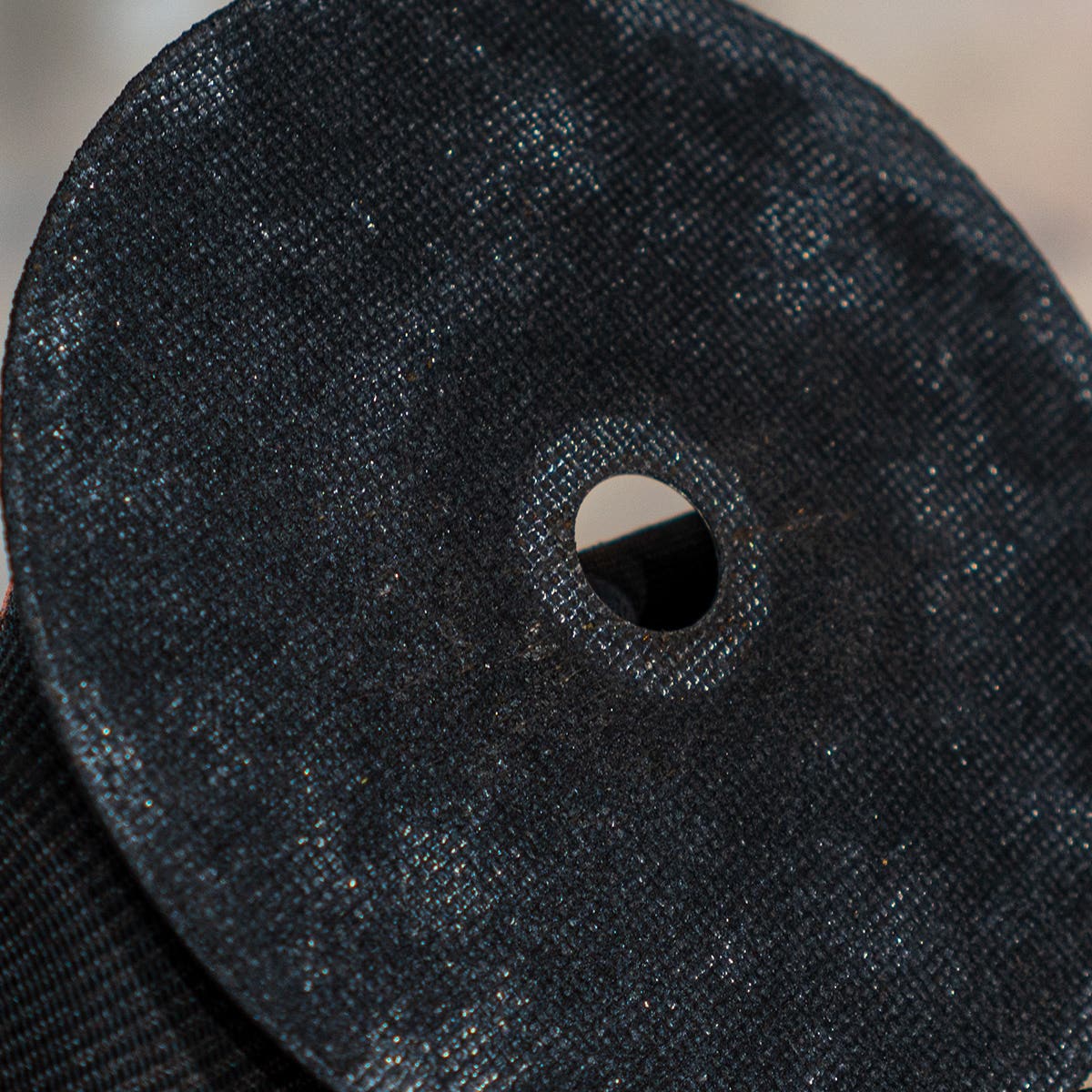

Dare I say, there is a lost abrasive wheel hiding under a cabinet in every garage, shed, and workshop across America.
For decades, if you needed to make a clean 90-degree cut through a metal pipe, rod, or sheet, you would pick up a pack of abrasive cut-off wheels, load one into your angle grinder, and get to cutting. They are a great option because they cut fast and they are cheap, so you can buy a bunch of them.
Abrasive cut-off wheels often referred to as bonded wheels or bonded abrasive wheels, are exactly as the name implies. They are comprised of abrasive fibers all bonded together into a wheel. As the wheel cuts, it sheds the used dull abrasive fibers making way for the next row of fresh abrasive fibers. This constant shedding is the main reason these wheels can cut so quickly. It's also why the wheels wear away into nothing, just as quickly.
You can get these wheels with different grain materials, and each material performs differently, so you want to pick your grain based on what you are cutting.
Zirconia cut-off wheels are a popular option because they offer excellent cutting capabilities for the cost. These durable wheels cut fast and work well on steel, iron, and other metals.
Aluminum Oxide is another commonly found option and is probably the most popular. Workers like the consistently low cost of these wheels, and how fast they cut.
Ceramic wheels are a good option when you need to mitigate heat while cutting. These wheels tend to be a bit cooler while cutting, making them a good choice for stainless steel, steel, and metals that are difficult or slow to cut through.
There are other grain options, but those are the three you will come across most frequently. These cut-off wheels come in two "types" as well.
Type 1 wheels are flat all the way across. These wheels are great for deep straight cuts, but the limited visibility while using the wheels requires some expertise while operating. These are sometimes called Type 41 wheels.
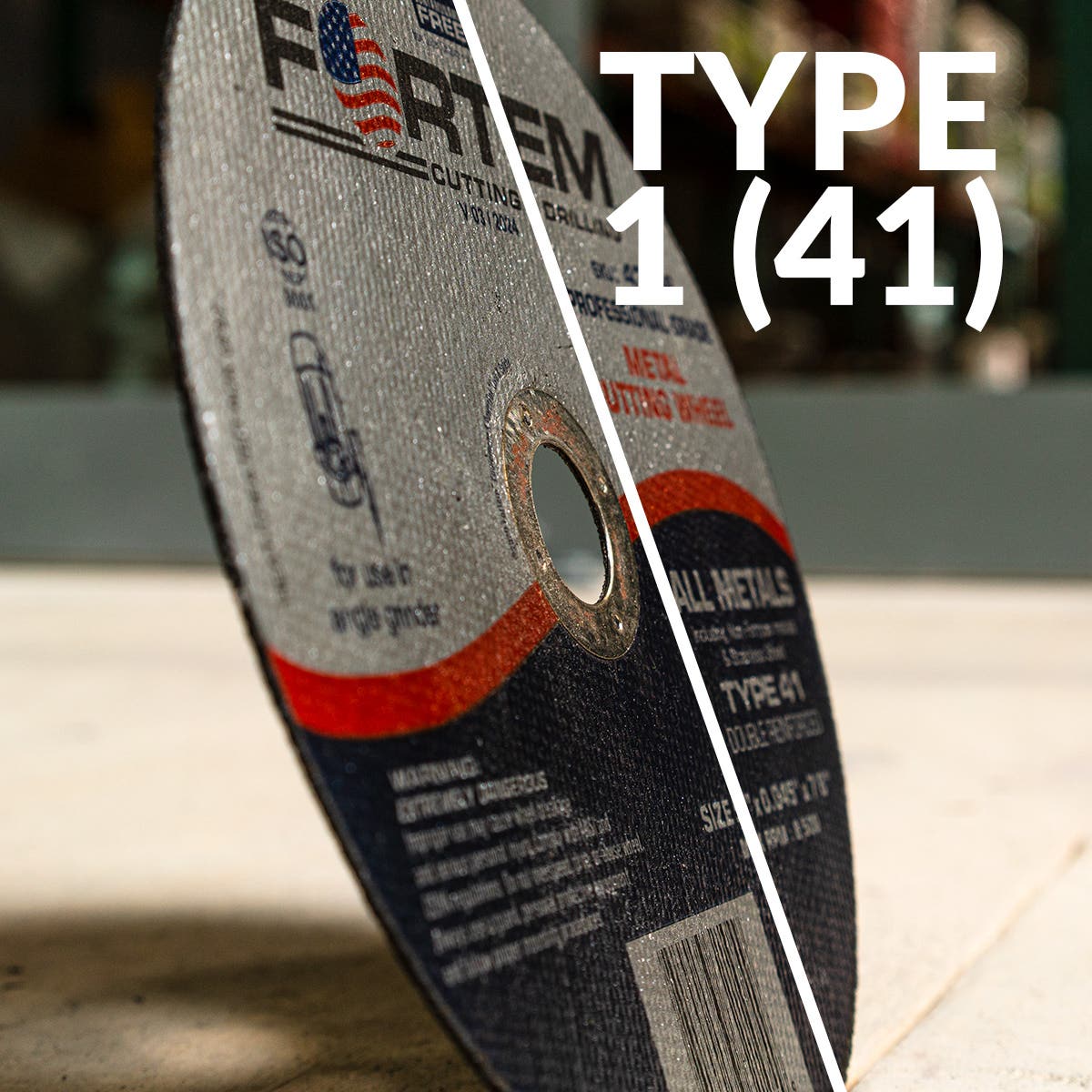

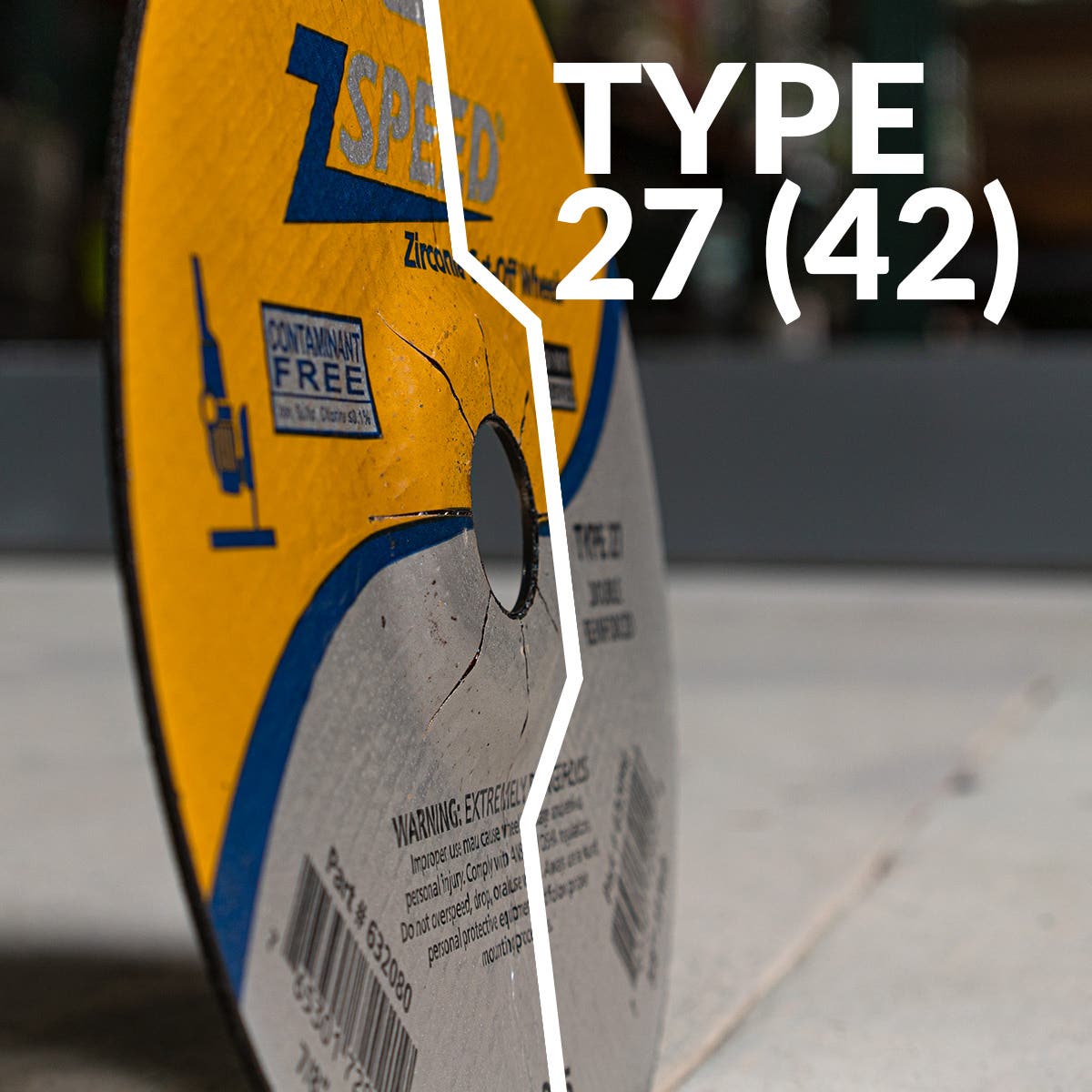

Type 27 wheels have a depressed center where the wheels mount. This little bit of offset gives workers much better visibility and the option of flush cutting, with the tradeoff of not being able to cut as deeply as a type 1. These are sometimes called Type 42 wheels.
And finally, these wheels often have a level of reinforcement. You’ll see a wheel labeled as single, double, or tripled reinforced. That indicates how many layers of fiberglass reinforcement are in the wheel. This is a significant feature because weak abrasive wheels are known to crack and shatter mid-cut, sending shards of shrapnel flying in all directions.
A combination of fiberglass reinforcement and stronger bonding agent have made modern abrasive wheels much less likely to crack, but beware, some low-cost options are still known to crack and break.
Diamond Cut-Off Wheel
There is a lot less to break down with diamond cut-off wheels. These are metal wheels with diamond-coated edges. They don't shed away like abrasive wheels; they operate similarly to any other diamond cutting blades you would use in a saw. You can cut with it until it dulls, and with a diamond coated edge, it will take a long time to dull.
One factor to consider when buying a diamond cut-off wheel or any diamond coated blade is weighing the cost-benefit between cheap and expensive wheels. Not all diamond wheels are made with the same quality standards, and you can buy more affordable options that won’t last as long or may chip or break easier.
Surprisingly, buying the best, most expensive wheel isn’t always the right move. If it’s your first time cutting, or you only cut occasionally, and you don't have the skill set down pat, you can quickly damage or ruin a $25+ diamond wheel. In those situations, starting with a lower-cost option would make more sense to save some money in the long run.
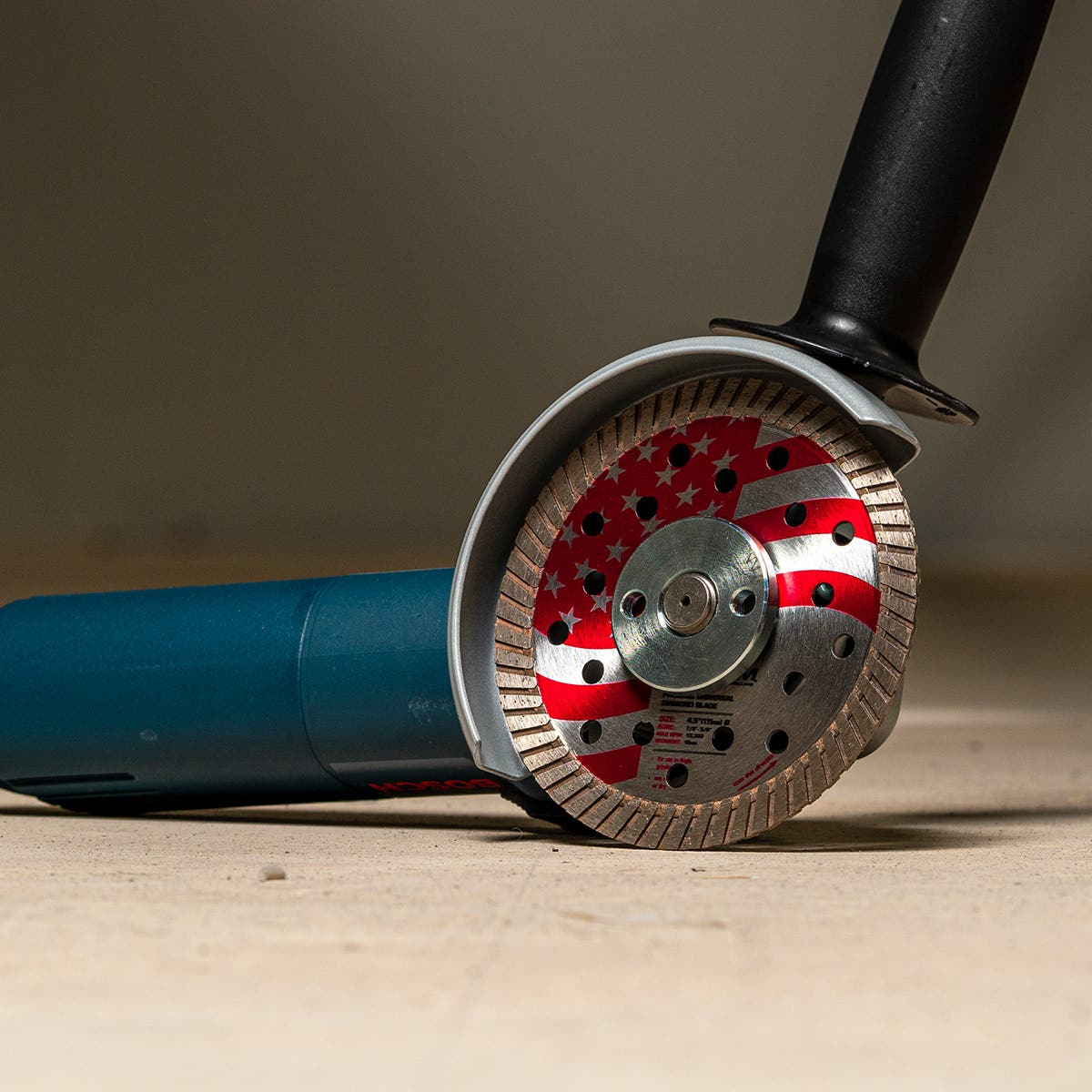

If you have the experience and need a wheel that doesn't need to be swapped out as frequently or have a project requiring a wheel that doesn't change size every cut, then splurging for the higher-end diamond wheel might be the best option for you.


Comparing Diamond and Abrasive Cut-Off Wheels
There at a lot of differences between these two options. These two wheels are constructed differently, and the differences don't stop there.
Cut Speed
Many factors affect the cut speed of a wheel, but regardless, abrasive wheels cut faster. That's not just in the best-case scenario but in almost all scenarios. Abrasive wheels are just faster at cutting across the board. It's hard to say how much faster, but with the right material, it's a significant margin.
Mess/Dust
It’s no surprise that diamond wheels produce significantly less dust than abrasive wheels. When an abrasive wheel cuts, it sheds layers of its grain and produces metal dust from the item being cut. Diamond wheels don’t shed.
This is a factor in work conditions where dust levels are being managed or if you are trying to reduce cleanup time.
Heat
In most cases, diamond wheels will create more heat while cutting, mainly because they cut slower, and the longer you are cutting, the more heat is going to be produced. Producing too much heat while cutting can cause a lot of problems. It can warp, discolor, or burn the material you are cutting.
There are many methods and best practices for cutting to help mitigate the heat.
Cost
This is the topic where we hear the most arguing. Some workers believe diamond wheels are a rip-off because you can buy an abrasive wheel for a fraction of the cost. A 4.5” FORTEM Abrasive wheel costs around $2, and a 4.5” FORTEM Diamond blade costs closer to $16. That’s a big jump.
The counterargument is that Diamond wheels last longer. That's why they cost more.
Worker’s counter back with the fact that you can buy eight abrasive wheels for the cost of one diamond wheel. Does a diamond wheel last longer than eight abrasive wheels?
Well, most diamond wheels claim they will last up to 30 times longer than an abrasive wheel. We all know that claims like these often boast "best-case conditions." In real-world conditions, I think you'd find that a diamond wheel and a pack of abrasive wheels of the same cost will last for about the same amount of time.
If you are planning on doing a lot of cutting, either option will be fine. If you only need to make a few cuts, you can save money with an abrasive wheel.
Safety
When used correctly, all wheels are safe, and when misused, all wheels are a hazard. It's generally recognized that abrasive wheels can be the less safe option. We previously mentioned that cheap wheels have a tendency to shatter mid-cut, but many workers go for years without ever seeing a low-cost wheel break.
The safety factor everyone should consider is the sparks. Abrasive wheels produce more sparks than diamond wheels. If you work in a shop with oily rags or on a jobsite with dry conditions, keeping sparks at a minimum could be a requirement.
Other than that, they are both perfectly safe options to utilize.
Stop Arguing
That’s it. In most cases, choosing one wheel over the other won't make too much of a difference, but as always, it’s important to know the differences in case you never need one over the other. So, end the debate; no need to argue anymore.
PowerPak carries a selection of cut-off wheel options in a variety of sizes and brands, including our own in-house brand FORTEM as well as other top brands like Z Speed. Shop our website to get quick delivery and follow us on social, so you don’t miss out on any promotions.
